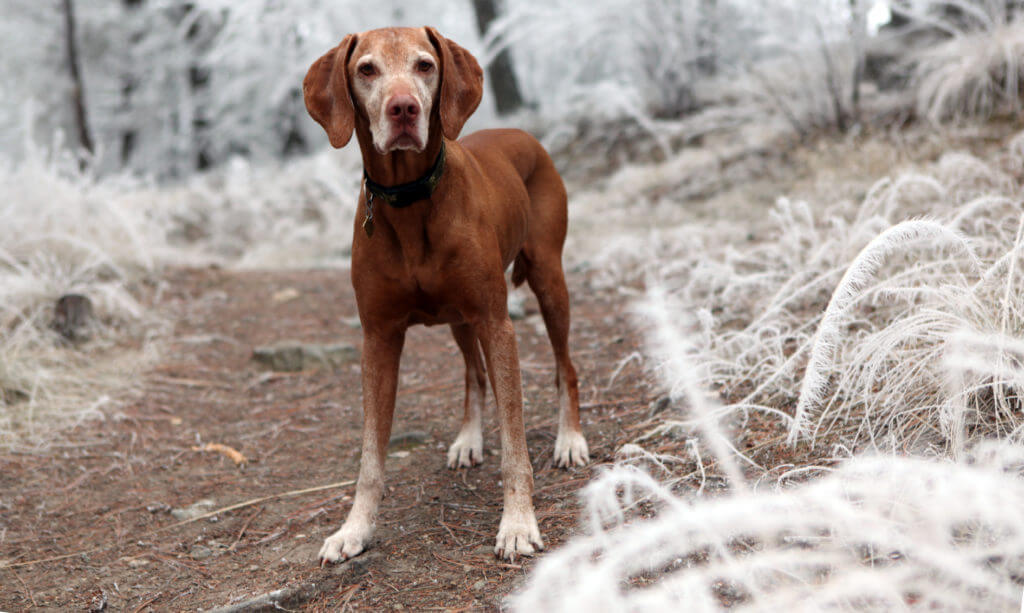Keep pets safe this trapping season

Vermont trapping season has started and runs through March 31. Each trapping season, dogs, cats and other non-targeted animals, including endangered and protected species, are injured or even killed in traps.
Traps may be set on private and public land, including National Wildlife Refuges that are home to federally protected species, including Canada lynx. Trappers are not required to erect signage as to where they’re trapping, nor are they required to set their traps away from trails. Baits and lures are used with traps, so a trap set for a coyote can just as likely trap a curious dog or cat. Trappers are not required to report if they catch a non-targeted animal, even if it’s someone’s pet.
The two trap types that are used in Vermont that pose the greatest risk to pets are leghold and Conibear (“kill”) traps. Dr. Peggy Larson, retired Vermont veterinarian, said, “I am a veterinarian who has treated dogs and cats caught in traps. The injuries they suffer were horrendous, and most lost their legs.”
Just two weeks after the official start of trapping season last year, a black lab from Orleans County was injured in a trap that had been set to kill beavers. Luckily, the dog was found and recovered from its injuries. Cats are at the greatest risk since they are often left outside unsupervised. Earlier this year we reported on a black and white cat who was found in Fairfax with his leg painfully caught in a kill trap. Thankfully, he was rescued, and while his recovery was a long one, he survived.
Each day we learn of cats and dogs that go missing in Vermont, and since trappers aren’t required to report if they trap companion animals, it’s unknown how many of these animals might’ve perished in traps that were intended for wildlife.
On Protect Our Wildlife’s website you will find a video tutorial with instructions on how to release a companion animal from a leghold and a kill-type trap. If an animal is caught in a trap, survival is less likely. These traps are designed to kill animals, but that would require the “proper” animal entering the trap to ensure that the trap triggers properly. Animals like dogs and coyotes have been documented with traps attached to their heads, indicating slow, painful deaths.
Quick Tips
- Know when trapping season is, but remember that traps set out of season, as allowed per Vermont’s “wild animals doing damage” statute, or traps left behind after the season ends, still present a threat.
- Remember that traps can be set in water, in rivers and streams—especially on banks, so always check the area before allowing your dog to swim.
- Keep cats indoors or create a cat-proofed fenced-in yard.
Visit Protect our Wildlife and see the trap-release video and learn how to keep your pets safe this trapping season.

